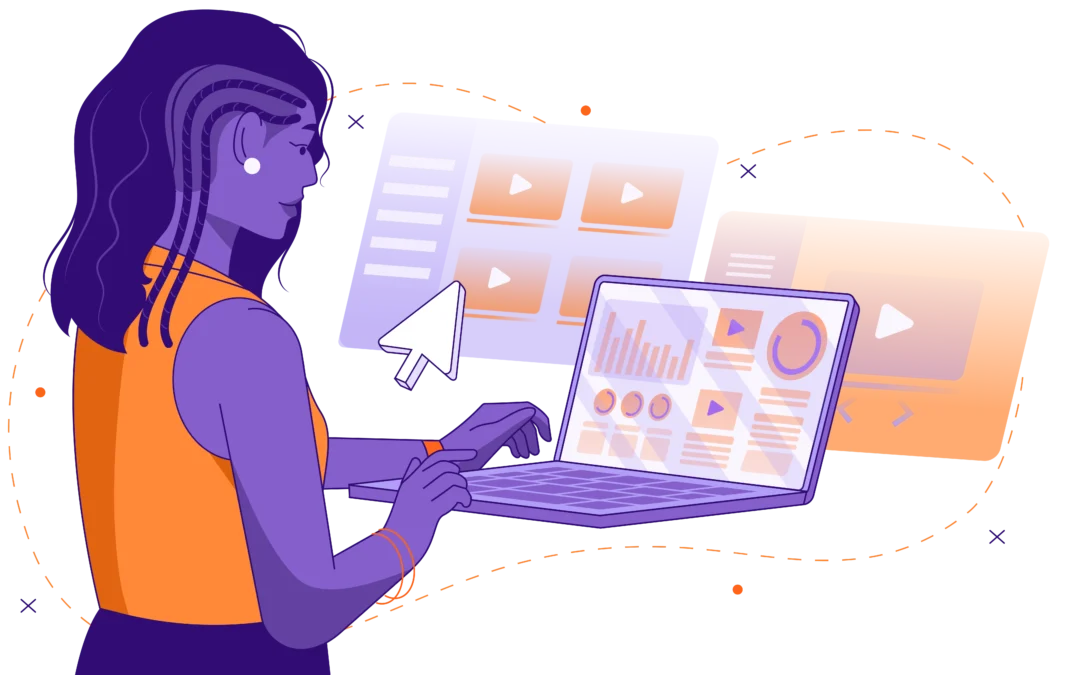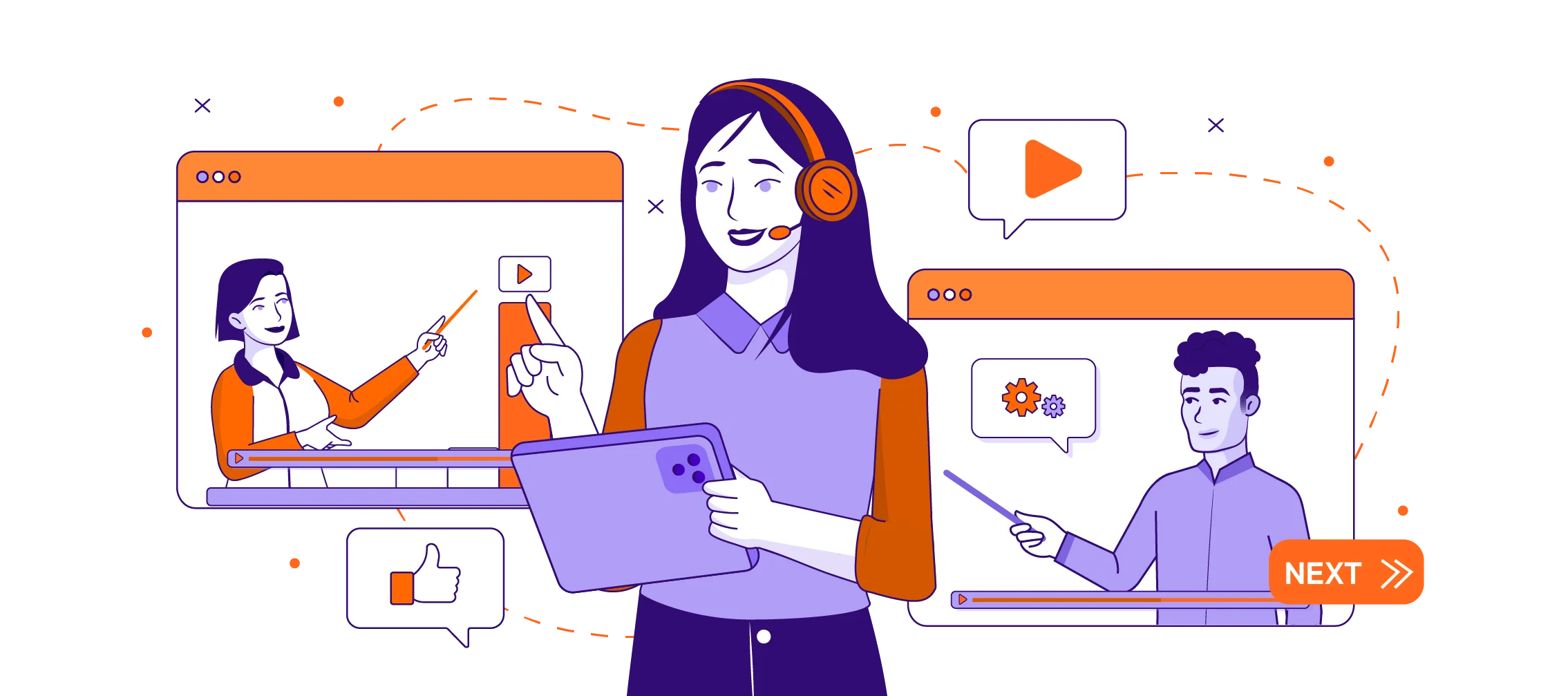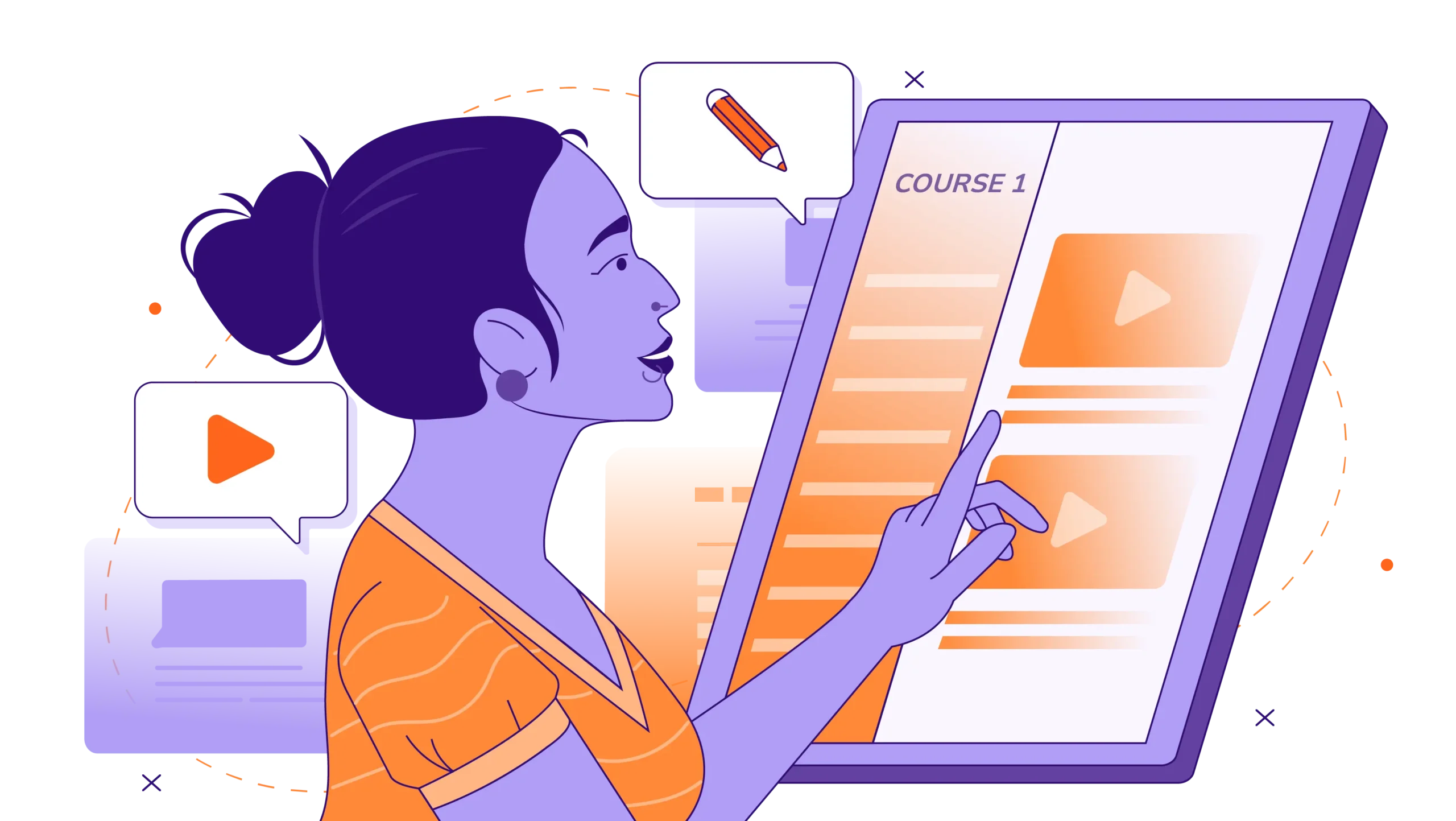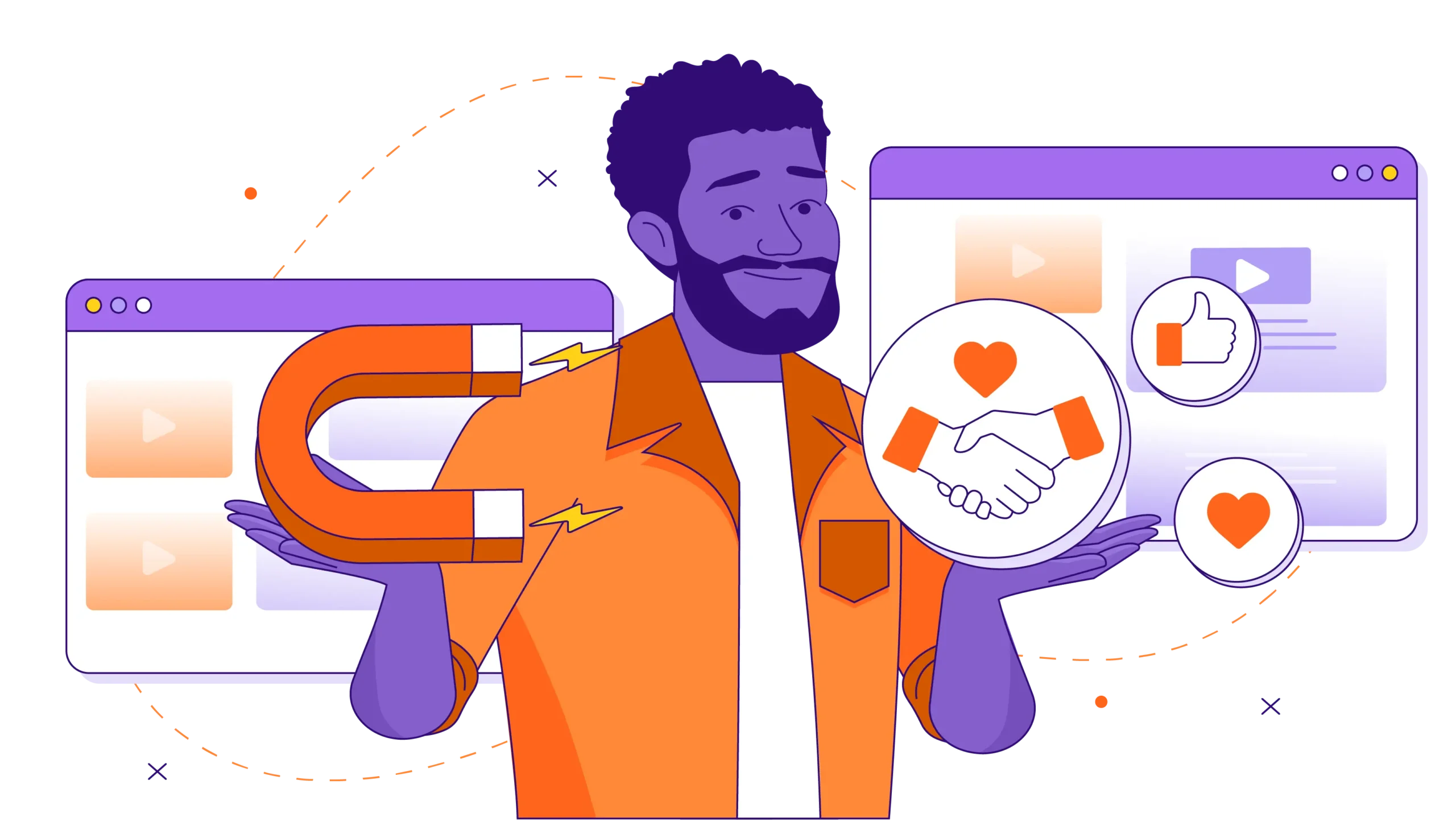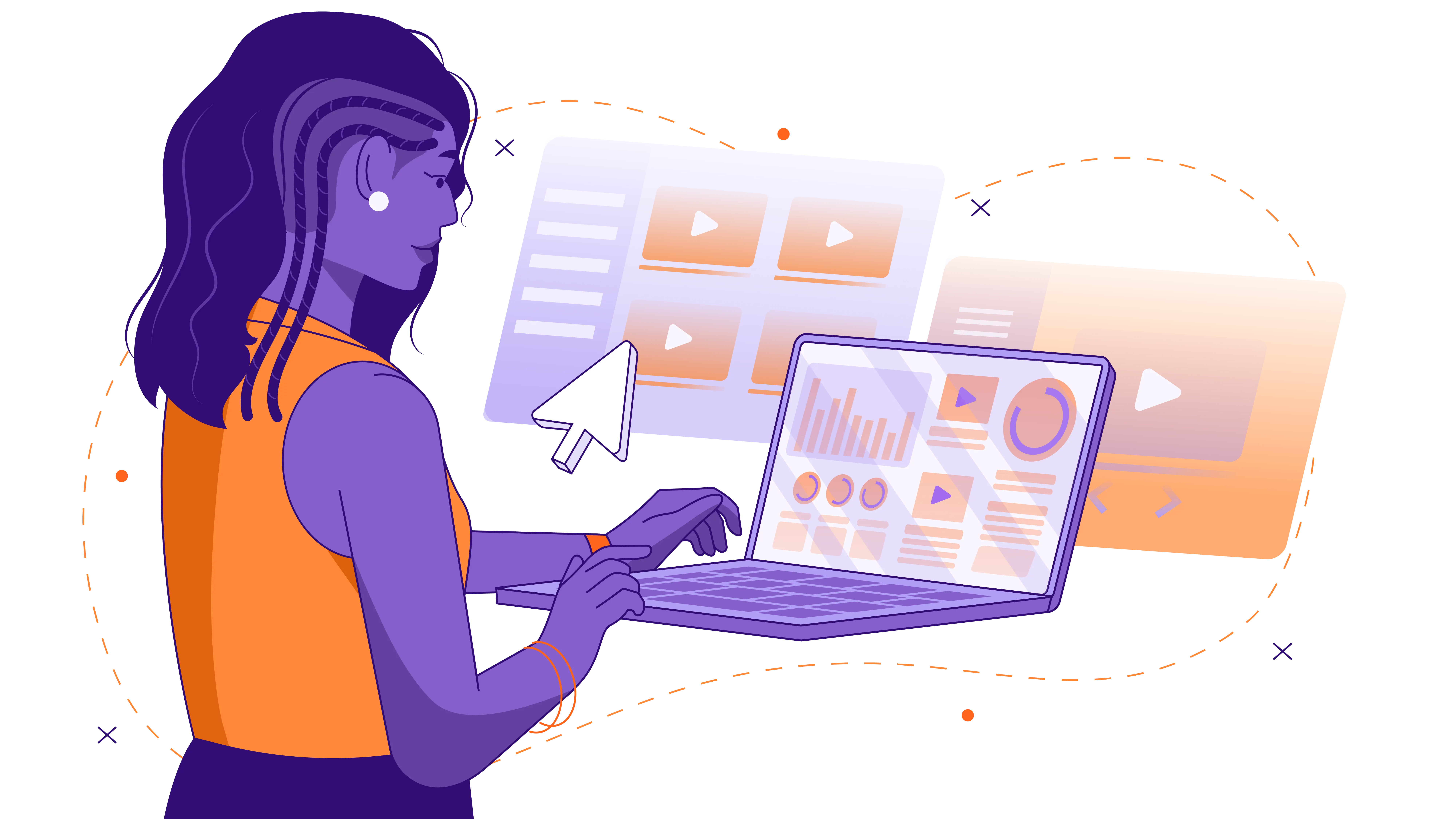
The Ultimate Guide to Choosing Customer Education Software
Choosing the right customer education software can elevate your business! Effective platforms empower customers to maximize their investments, boosting satisfaction and loyalty. Did you know 70% of customers prefer video tutorials? Tailor your training with personalized paths and engaging content. Prioritize mobile access and analytics to track progress. Dive into our guide to revolutionize your customer education strategy today!
The Best Customer Education Software and Platform
Customer education has emerged as a critical component of successful businesses. It goes beyond simply providing product or service information; it’s about empowering customers to fully utilize and maximize the value of their investments. This is where customer education platforms and training software come into play.
By providing comprehensive and engaging learning experiences, these tools enable businesses to enhance customer satisfaction, drive adoption, and foster long-term relationships.
Step-by-step instructions that empower customers to solve problems independently.
What are examples of Customer Education Training?
Customer education training encompasses various initiatives designed to empower customers with knowledge and skills to use a product or service effectively. Some common examples include:
Onboarding Education Programs:
Introduce new customers to your product or service, guiding them through the initial setup and essential features, often using video tutorials to provide visual guidance.
Product Tutorials and Online Training Videos:
Create high-quality video content that clearly demonstrates how to use specific features or functionalities, making it easy for customers to follow along.
Webinars and Workshops:
Offer interactive video sessions where customers can learn from experts, ask questions, and engage with other users in real time.
Knowledge Bases and FAQs:
Supplement textual content with explanatory videos to provide visual context and enhance understanding.
Certification Programs:
Validate customer expertise and proficiency through video-based assessments and interactive simulations, offering recognition for achieving specific milestones.
What’s a Customer Education Software Platform?
A customer education platform should be easy to use and navigate. This means that customers should be able to find the content they need quickly and easily. The platform should also be visually appealing and engaging, to keep learners interested and motivated.
Personalized learning paths are another important feature of a customer education platform. This allows businesses to tailor the learning experience to individual needs and preferences, ensuring that customers are getting the most relevant and valuable content.
Gamification and badges can also help to increase engagement and motivation. By adding elements of fun and competition, businesses can make learning more enjoyable and rewarding.
Analytics and reporting tools are essential for businesses to track the progress of their customer education programs. These tools can help to identify areas for improvement and measure the impact of the education program on customer satisfaction and business outcomes.
Seamless integration with other business tools, such as CRM software, is also important. This can help to streamline operations and provide a holistic view of customer interactions.
Mobile optimization is essential for today’s customers. This ensures that they can access online training content and complete courses on the go.
Customization options allow businesses to tailor the platform to their specific needs and preferences. This can help to create a more branded and consistent learning experience for customers.
Accessibility features are important for ensuring that all learners can access and benefit from the educational content. This includes features such as text-to-speech, screen readers, and keyboard navigation.
Community features can help to foster a sense of community and support among learners. This can be especially helpful for new customers who may be feeling overwhelmed or unsure about how to use the product or service.
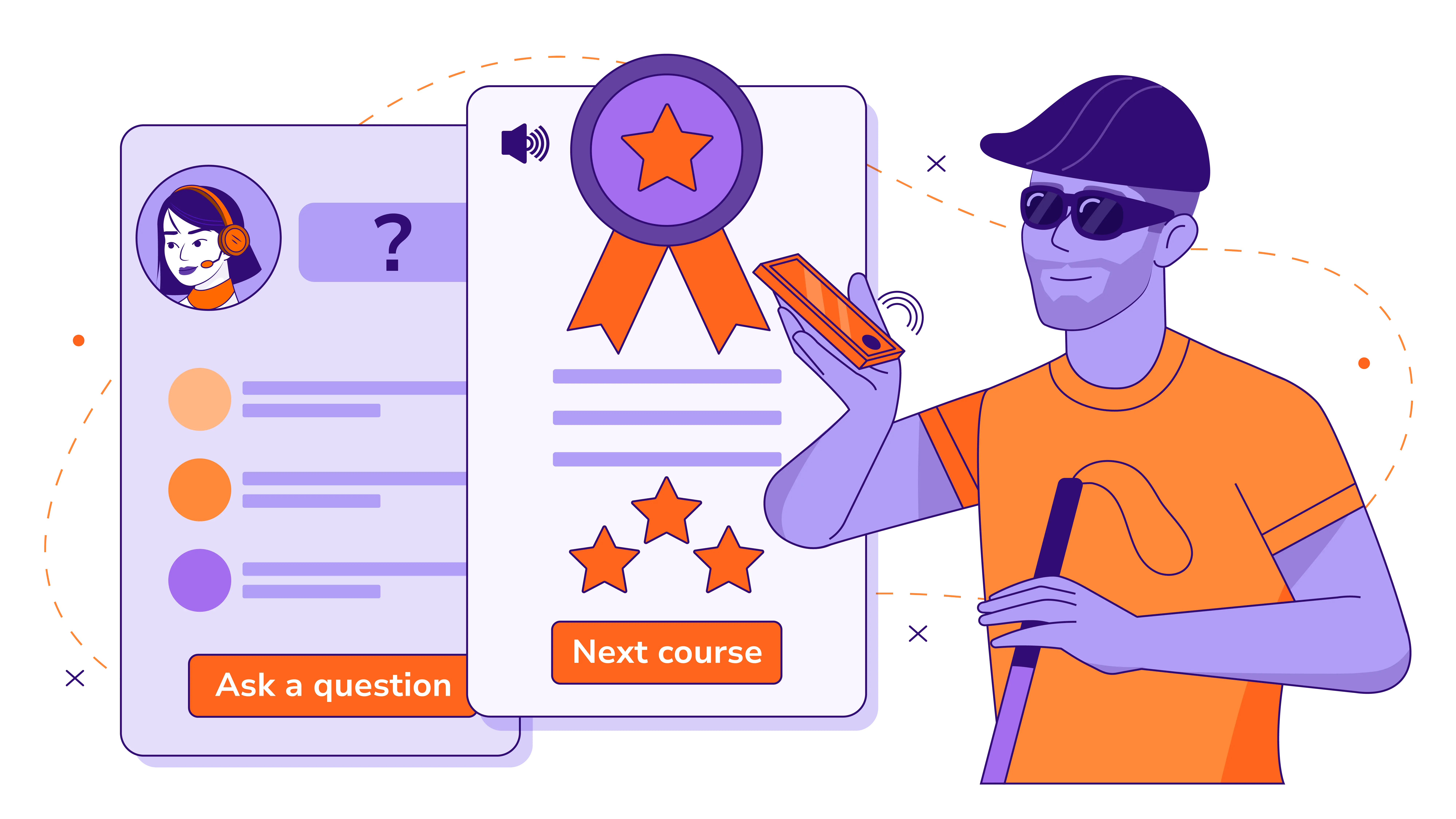
Types of Customer Education Software Platforms
Standalone Platforms:
These platforms offer a comprehensive solution for all your customer education needs, providing a wide range of features and functionalities. They are ideal for businesses that require a complete platform to manage their entire customer education program.
LMS Integrations:
If you already have a learning management system (LMS) in place, integrating a customer education platform can enhance its capabilities for training your customers. This approach allows you to leverage your existing infrastructure while adding specialized features for customer education.
Knowledge Base Platforms:
These platforms focus on creating and managing self-service resources, empowering customers to find answers independently. They are particularly useful for businesses that want to provide a central repository of information and reduce customer support ticket volume.
Video-Based Platforms:
If video is a key component of your customer education strategy, these platforms specialize in delivering video-based training content. They offer advanced features for video creation, editing, and distribution, ensuring high-quality and engaging learning experiences.
👉 Check out our award-winning portfolio and explore the endless possibilities of interactive learning 👈
The LMS for Customer Education
When it comes to customer education, a standard Learning Management System (LMS) might not cut it. Specialized customer education LMS platforms are designed with your customers’ needs in mind, offering features that enhance the learning experience and drive better results. Customer training often involves delivering bite-sized, engaging content, and requires seamless integration with CRM systems and robust analytics to track progress and satisfaction.
Key Factors to Consider
Evaluating an LMS for customer education involves paying close attention to a few key areas:
User-Friendly:
A straightforward and visually appealing interface ensures effortless navigation for both admins and learners.
Content Creation:
The LMS should support the creation and management of diverse content types, especially interactive videos, quizzes, and assessments.
Engagement is Key:
Features like badges, leaderboards, and progress tracking can boost learner motivation and keep them coming back for more.
Mobile-First:
The LMS should work seamlessly on mobile devices, giving learners the freedom to access content anytime, anywhere.
Track Your Progress:
Robust analytics and reporting tools allow you to monitor learner progress, identify areas for improvement, and measure the overall effectiveness of your online training programs.
Connect the Dots:
Seamless integration with CRM systems, marketing automation tools, and other business applications streamlines workflows and provides a complete picture of customer interactions.
Types of LMS for Customer Education
Seamless integration with CRM systems, marketing automation tools, and other business applications streamlines workflows and provides a complete picture of customer interactions.
Cloud-Based LMS:
This option offers easy access, scalability, and automatic updates without the need for on-premise infrastructure.
Open-Source LMS:
These platforms provide flexibility and customization but may require technical expertise to set up and maintain.
Commercial LMS:
Commercial LMS providers offer comprehensive features, dedicated support, and often include pre-built templates and content libraries.
Matching the LMS to Your Content:
The type of content you provide is crucial in choosing the right LMS. If you focus on microlearning modules and interactive videos, ensure the platform supports these seamlessly. Key features to look for include a user-friendly video player, interactive elements like quizzes and polls, and the ability to track video engagement.
Prioritize the Learner Experience:
Ultimately, the learner experience is paramount. A specialized customer education LMS aligned with your content strategy will deliver engaging and effective learning experiences, leading to increased customer satisfaction and customer loyalty.
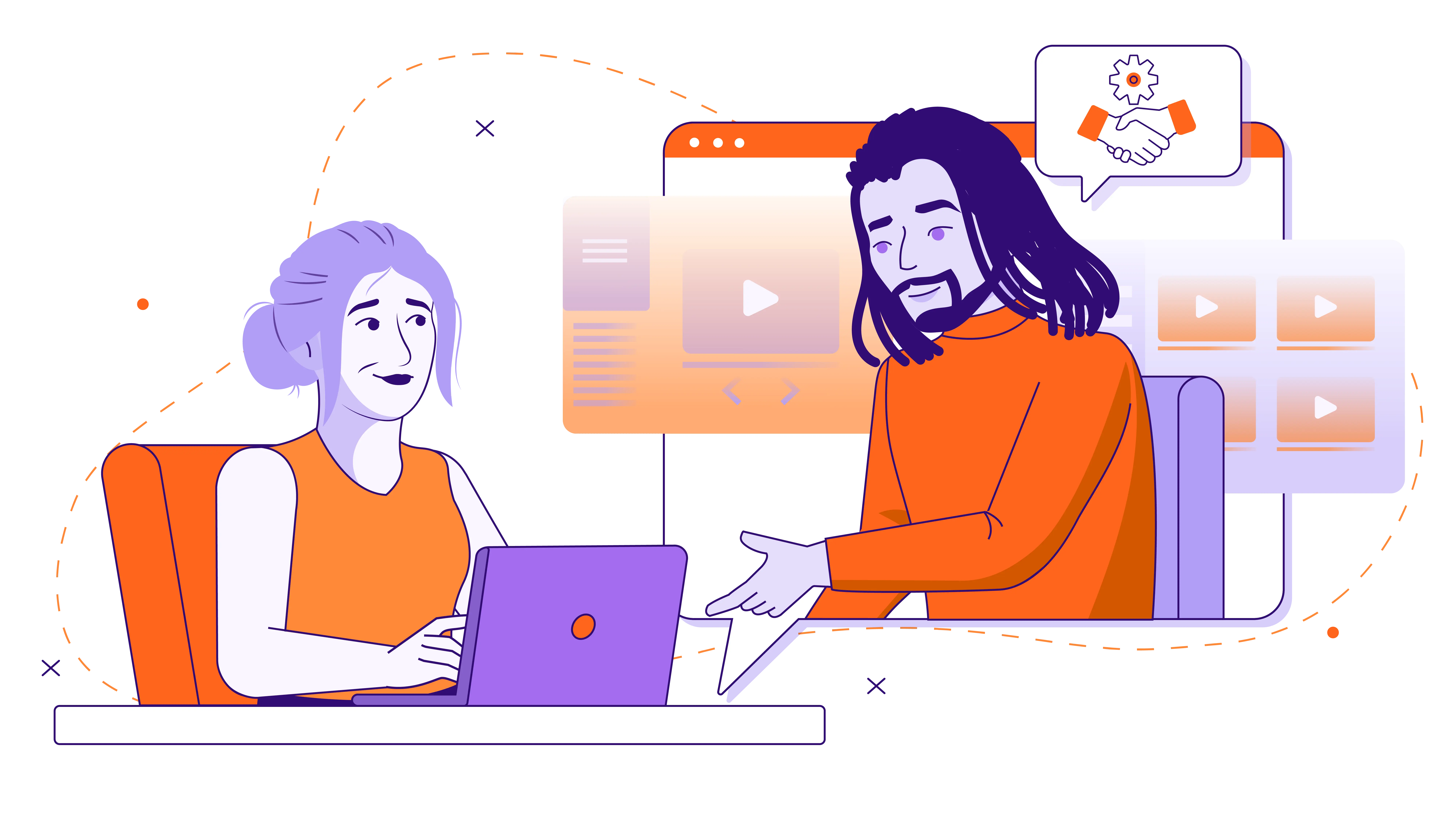
Modernize your Onboarding and Realize Faster Time-To-Value
Effective customer onboarding isn’t just about delivering information – it’s about creating an engaging experience that empowers customers to succeed from day one.
Research shows that people prefer bite-sized learning and video content, especially during the initial stages of product adoption. That’s why modern onboarding programs leverage microlearning and interactive videos to accelerate customer adoption and drive faster time-to-value.
A well-structured education program, optimized for user experience, should:
Guide with Clarity:
Break down complex processes into simple, easy-to-follow steps. Use short videos and clear visuals to demonstrate key features and benefits, ensuring a smooth start.
Spark Excitement:
Showcase the most valuable aspects of your product or service through captivating microlearning videos. Highlight real-world use cases and success stories to ignite customer enthusiasm and drive adoption.
Personalize the Journey:
Cater to individual needs and preferences with adaptive learning paths. Leverage data and insights to deliver targeted online training that resonates with each customer.
Make it Fun:
Incorporate interactive elements like quizzes, challenges, and rewards to boost engagement and motivation. Gamification transforms learning into a fun and rewarding experience, encouraging customers to explore and master your product or service.
Optimize for user experience.
Make sure your training content is easy to access, navigate, and understand. Use clear and concise language, and provide visual aids to help your customers learn more effectively.
Build a knowledge base.
A knowledge base is a central repository of information that customers can access at any time. This can be a valuable resource for customers who need help troubleshooting issues or learning how to use specific features.
Measure and iterate.
Track the performance of your customer training program and make adjustments as needed. This will help you ensure that your program is meeting its goals and providing value to your customers.
By adopting a user-centric approach that prioritizes microlearning and video, you can transform customer onboarding into a delightful and effective experience, empowering customers to quickly understand and utilize your offerings.
Build Stronger Customer Relationships Through Customer Education
Customer education goes beyond just training; it’s about building lasting relationships with your customers. By investing in their success, you demonstrate commitment and foster loyalty.
Consider these strategies to strengthen customer relationships:
Offer ongoing online training and support:
Provide continuous learning opportunities to help customers stay up-to-date and expand their knowledge.
Create a sense of community:
Foster connections between customers through forums, social media groups, or user events.
Solicit feedback and actively listen:
Seek customer input and demonstrate responsiveness to their needs and concerns.
Recognize and reward customer achievements:
Celebrate milestones and achievements, reinforcing positive behaviors.
Customer education resources
Remember, selecting the right customer education platform and online training software is crucial for delivering impactful learning experiences. By investing in these tools and resources, you can empower your customers, foster loyalty, and drive business growth.
To explore options and learn more about customer education, consider visiting these other pages:
DOWNLOAD YOUR KEY TO KNOWLEDGE
Access Valuable Resources to Fuel Your Learning Journey
